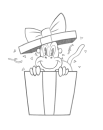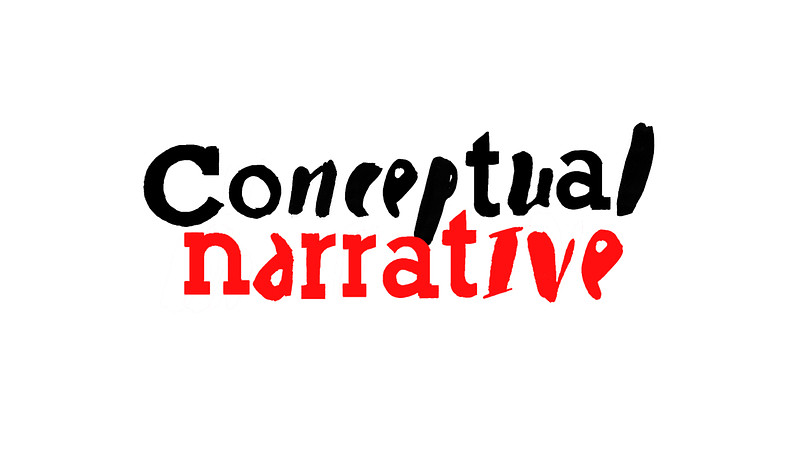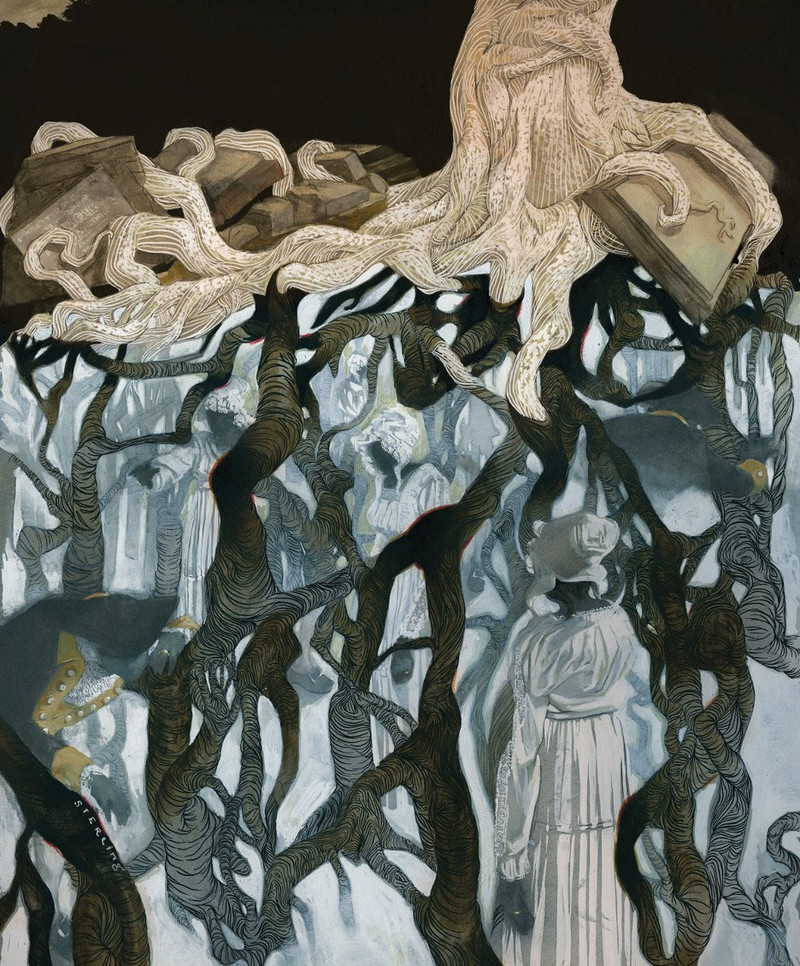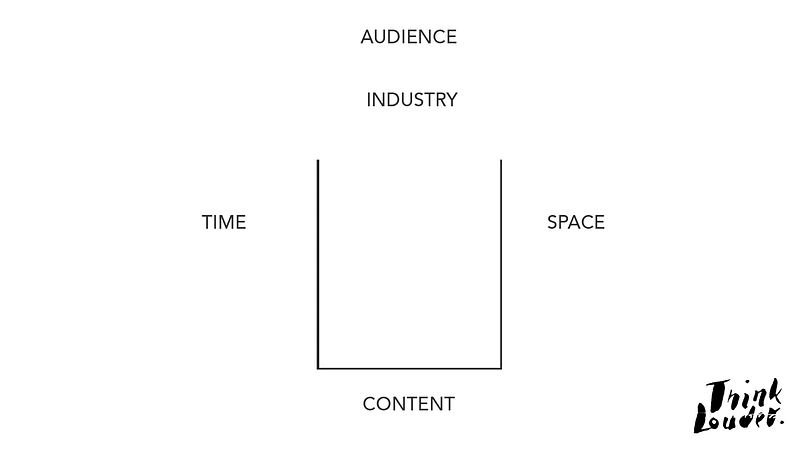13: Conceptual Narrative, Part 1
13: Conceptual Narrative, Part 1
Lesson 13: The Conceptual Narrative, Part 1
If Narrative images are literal interpretations of characters, and environments designed to immerse the reader and perpetuate a story and conceptual images are idea-driven with the intention of making the audience stop and think, then the Conceptual Narrative combines elements of both. Narrative images are often immersive and show a fully realized image, while conceptual images place emphasis on the idea- often without a fully realized environment or background.
In the Conceptual Narrative, an environment and story can be built around a core idea or symbol. The challenge is finding the space between the two, where an image draws someone in with a powerful idea and holds their attention through a compelling aesthetic and storytelling. For those of you well-versed in Narrative problem-solving, the first week likely seemed familiar, if not expected. In the second week, you were introduced to Conceptual problem-solving. I hope that the differences between them were apparent. In my own development, the distinction between the two only became evident when I attempted to apply a conceptual problem-solving approach to Narrative problems. It simply didn't work. I was overthinking the entire process.
It was in identifying these two methods of approaching problem-solving, that a new question presented itself. Could Conceptual problem-solving be combined with Narrative problem-solving? (Conceptual VS Narrative) If the two are truly opposing approaches to visual communication, could a bridge be built between them? This line of inquiry only presented itself once the two opposing schools of thought were clearly understood. At this point, defining contrasting ideas and building a bridge between them should look familiar.
This is the same process introduced in Conceptual problem-solving in the bridge-building stage.
The main difference is that the idea has now been scaled from an isolated problem into a larger workflow and approach.
To pursue this as a methodology will require you to understand the boundaries of where Narrative problem-solving ends and Conceptual problem-solving begins. How much of the environment could be shown without diluting the concept? How obvious or subtle should the concept be, if we do not want to interrupt the narrative? These are questions for you to explore as you develop your ideas and compositions.
I've found many "rules" in my own journey to find my creative voice that establishes clear boundaries defined by industry, as well as the function of the creative work created to solve specific problems. So many of these approaches present uninteresting, expected results. I believe that within the space shared by conceptual and narrative visual communication, I was able to find relatively uncharted territory. If you truly believe that your distinction is your value as an artist, I ask that you give yourself permission to find your voice out there in the world. It will not live in expected places but in the spaces between things. It will not find you, you will find it by tilling the earth through hard work and labor. These things take time. Learn to revel in the process.
This week's major assignment will challenge you to approach the problem with a Conceptual Narrative solution.
The space in which I found these tools most useful, has been in projects that lack clear definition. At times, a client will only provide themes, an audience, size proportions, and a time frame, with no text by which to begin understanding those themes. It's easy to get lost in projects that are too open-ended.
You will almost certainly find that this is a much harder problem to solve, as you will not be provided a specific text, or an audience. Instead, you will only be given a theme, a deadline, and size proportions. You will have to find the missing elements on your own.
Remember the three-sided box:
- Audience
- Industry
- Time
- Space
- Content
You will need to find your own text through research and exploration. Find a text from an industry resource that relates to your specific creative interests. If you cannot find one, you can write your own (even a short summary will do). Most of all, I want you to understand how to give yourself specific parameters and to build your own projects.













